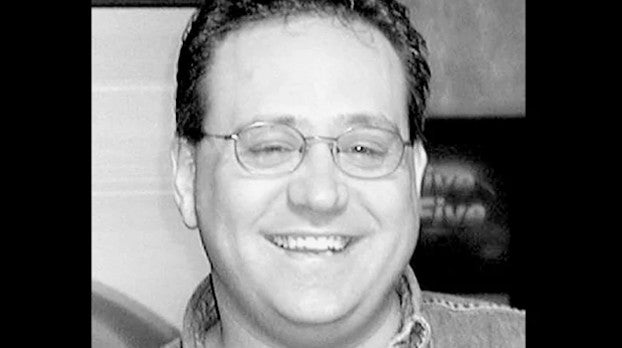The New Year, 1928, had a busy start in Orange
Published 12:28 am Friday, January 20, 2023
|
Getting your Trinity Audio player ready...
|
If the rest of 1928 continued to be as busy as the first edition of the Orange Leader reported, it would be a year of much activity.
The year started with a hard freeze. The Leader reported that Monday, Jan. 2 was only one degree higher than the coldest day in the last 10 years.
There was enough ice in a few areas for children to skate. They had been able to “ice skate” for the last four days.
A major problem all over the city had been burst water pipes. City workers were going from place to place to try to restore water service.
It was expected that all growing vegetables would be killed in the ground and some would be “killed altogether” as a result of the extreme cold. Fig and orange orchards were expected to suffer some extreme damage, but the extent of the damage was not immediately known.
Ranchers reported that their stock had faired fairly well during the cold spell and appeared to be in good shape.
Pastors of all the Orange churches met in the office of the First Methodist Church to discuss and plan a city wide revival.
T.S. Barcus reported that the Methodist church had secured the promise of the Reverend Burke Culpepper, General Evangelist of the Methodist Church, to conduct a revival in Orange. The revival would begin the first Sunday in February. An invitation would be extended to all churches in Orange to participate.
It was agreed that Orange needed a meeting that would reach out into the city. A motion was passed for all the pastors in Orange to give the revival their full support.
Reverend Burke Culpepper was regarded to be one of the leading evangelists in America, and the Leader stated that Orange was to be congratulated for securing his services.
The Orange Car and Steel Company announced they had been awarded a contract to furnish steel for the new, modern bridge across the Neches River in Angelina County. The job was expected to take about 75 tons of steel.
The plant also had a contract to furnish steel for the construction of five airplane hangers for the U.S. government in the San Antonio area.
Steel for one of the largest high school buildings in Shreveport, Louisiana, was being fabricated in the Orange plant.
These were but a few of the contracts that had been obtained by the salesmen from the Orange plant. The year was going to be a busy one for the steel company.
Fires in the City of Orange in 1927 destroyed property worth $169,933.35, according to George L. Gibson, acting Fire Marshall.
The fires had resulted in 134 alarms being answered by the Orange Volunteer Fire Department.
A large majority of the fires had been in the residential section of the city and started as a result of sparks coming from the flues of the wood stoves and heaters.
Poll taxes were being paid in record numbers, 273 women had taken advantage of the rights given them by the suffrage acts. Four hundred twenty five men had paid their poll tax making a grand total of 698 poll taxes being paid thus far in Orange.
This indicated that voters were looking forward to interesting campaigns in the 1928 elections.
“And now you know.”
— Written by Mike Louviere





